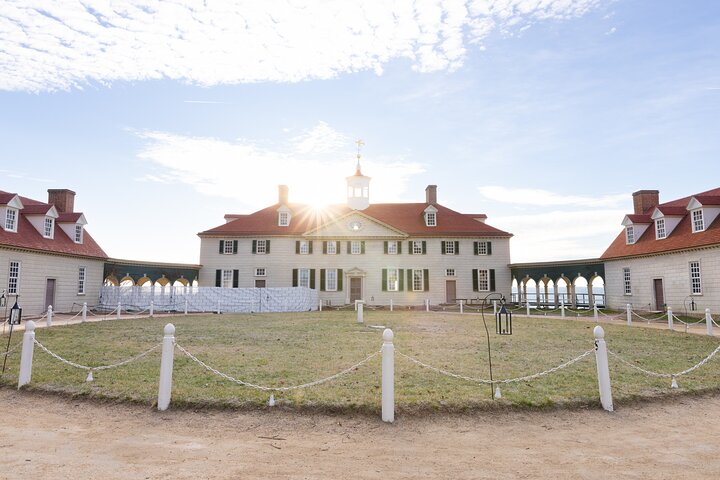Exploring the Legacy of George Washington at Mount Vernon
Drawn by the allure of history, I embarked on a journey to Mount Vernon, the storied estate of George Washington. Join me as I explore the grounds, uncovering the rich tapestry of stories that shaped the first president’s life.
A Journey Through Time: The Grounds of Mount Vernon
As a former professor of European history, I have always been fascinated by the lives of influential figures who have shaped the world. My recent visit to Mount Vernon, the estate of George Washington, was a journey into the past that I found both enlightening and deeply moving. The estate, located on the banks of the Potomac River in Virginia, is a testament to the life and legacy of the first President of the United States.
Upon arrival, the reception pavilion provided a wealth of information about George Washington, his wife Martha, and their family. The historical context was rich, and I was immediately drawn into the narrative of their lives. The estate is meticulously maintained, reflecting the grandeur and significance of the man who once called it home. Walking through the gardens and grounds, I was struck by the beauty and tranquility of the place, a stark contrast to the bustling life Washington must have led.
The mansion itself, though undergoing preservation work, was a highlight of the visit. Each room told a story, from the grand dining room where Washington entertained guests to the more intimate spaces that offered a glimpse into his personal life. The preservation efforts are a reminder of the importance of maintaining historical sites for future generations, a sentiment I have long championed in my writings.
Exploring the Legacy: The People and Places of Mount Vernon
One of the most poignant aspects of the visit was the opportunity to learn about the people who lived and worked on the estate. The employees’ residences and various workshops painted a picture of the daily life on the plantation. It was a sobering reminder of the complex history of the United States, where the ideals of freedom and democracy were often at odds with the reality of slavery.
The estate’s staff were knowledgeable and eager to share insights into the lives of those who lived there. Their passion for history was infectious, and I found myself engaged in conversations that deepened my understanding of the era. The trails and tracks around the estate were well-maintained, making it easy to explore the vast grounds.
A visit to the Washington family tombs and the slave cemetery was a reflective experience. Standing before the final resting place of George and Martha Washington, I was reminded of the enduring impact of their lives. The slave cemetery, a solemn site, served as a poignant reminder of the many lives that contributed to the estate’s history, often at great personal cost.
A Taste of History: The Distillery and Gristmill
No visit to Mount Vernon would be complete without exploring George Washington’s Distillery & Gristmill. This re-creation of Washington’s gristmill and distillery offers a fascinating glimpse into the entrepreneurial spirit of the first president. The fully functioning distillery, producing rye whiskey according to Washington’s original recipe, was a highlight of the tour.
The distillery and gristmill are a testament to Washington’s innovative approach to agriculture and business. The patented Oliver Evans milling system, used in the gristmill, was a marvel of engineering for its time. As someone who appreciates the intersection of history and technology, I found this aspect of the tour particularly engaging.
In conclusion, my visit to Mount Vernon was an inspiring journey through history. The estate offers a unique opportunity to explore the life and legacy of George Washington, set against the backdrop of a beautifully preserved historical site. For anyone with an interest in history, architecture, or the early days of the United States, a visit to Mount Vernon is an experience not to be missed. Explore Mount Vernon




































